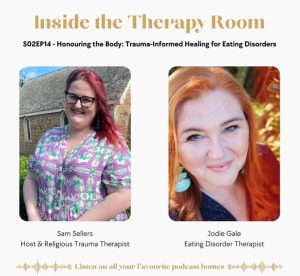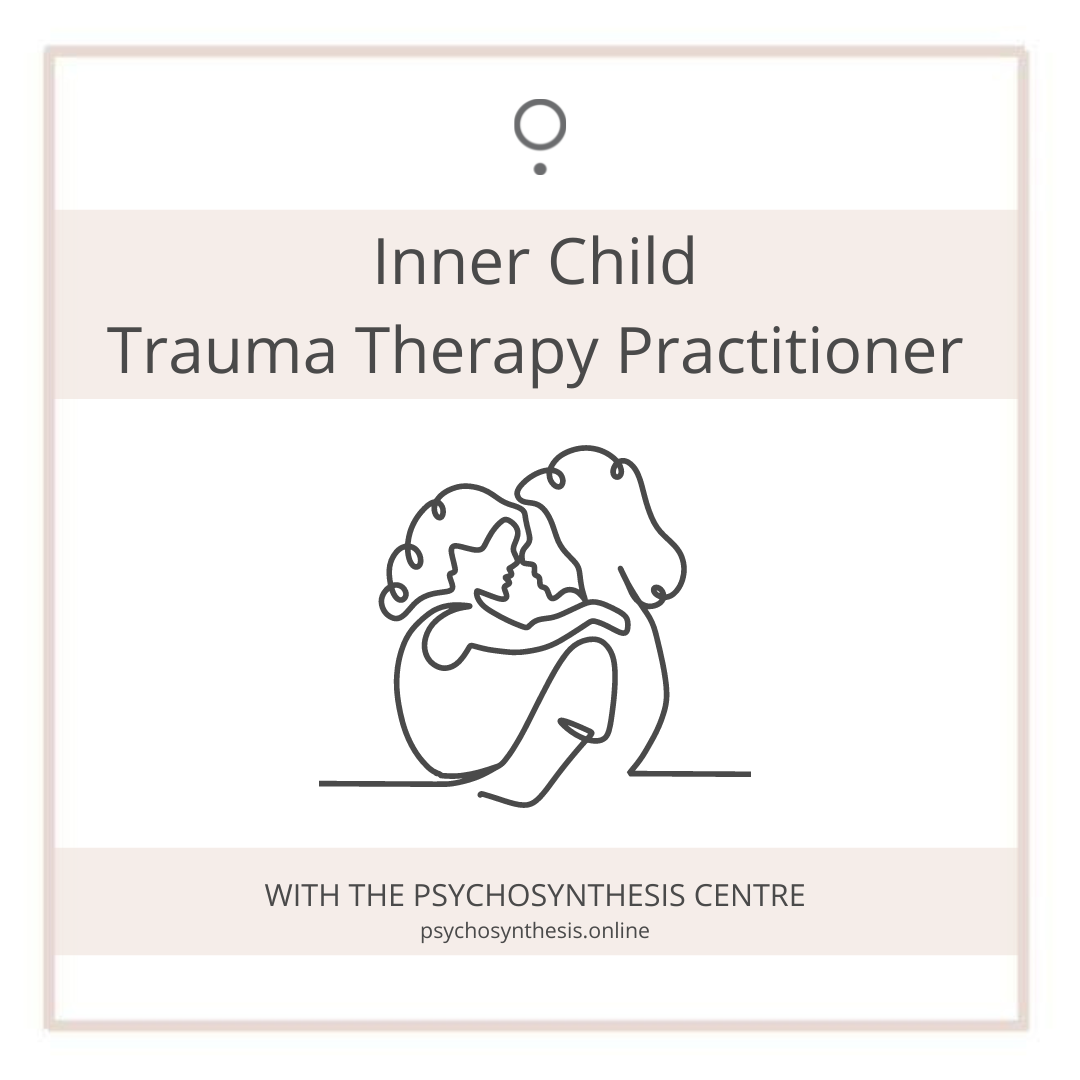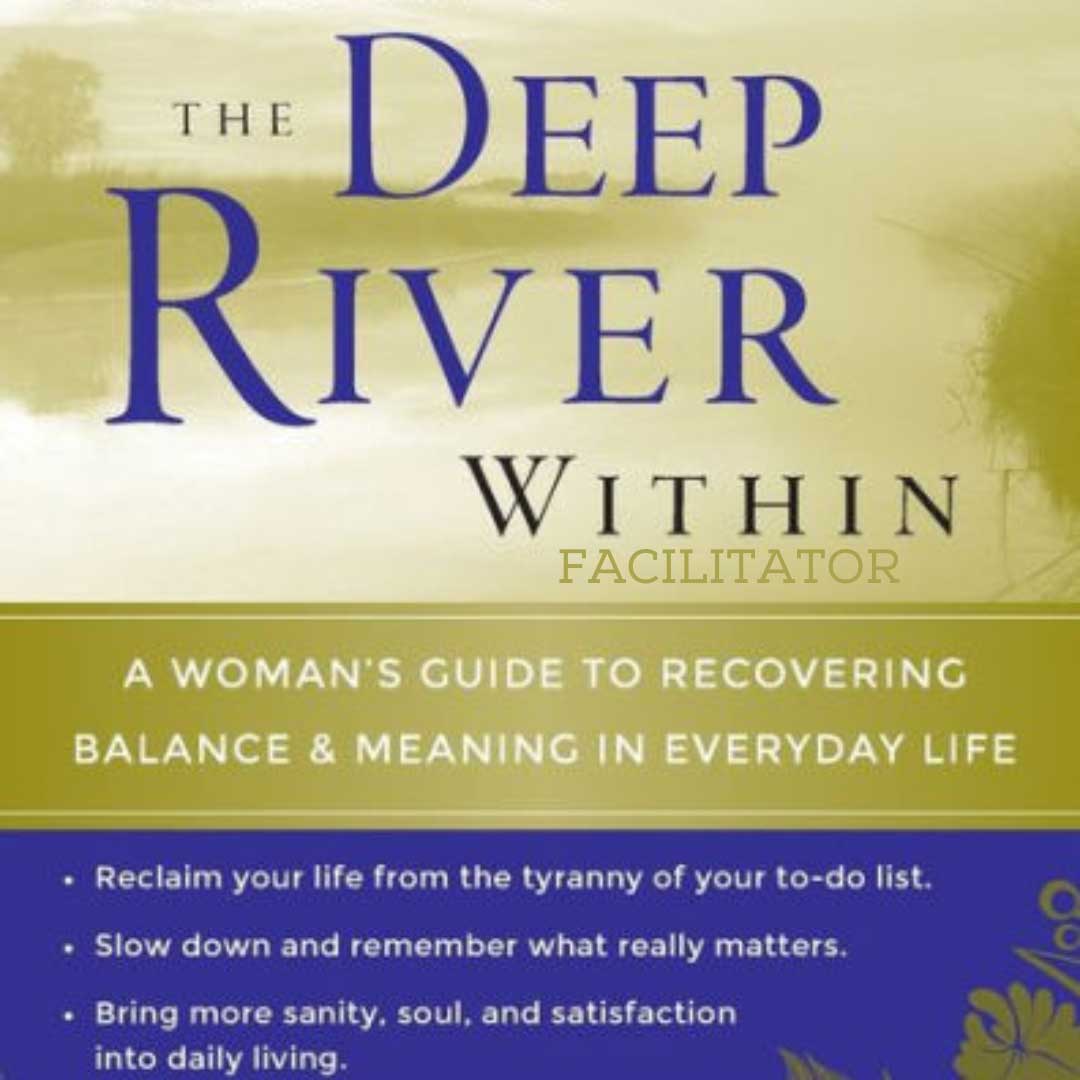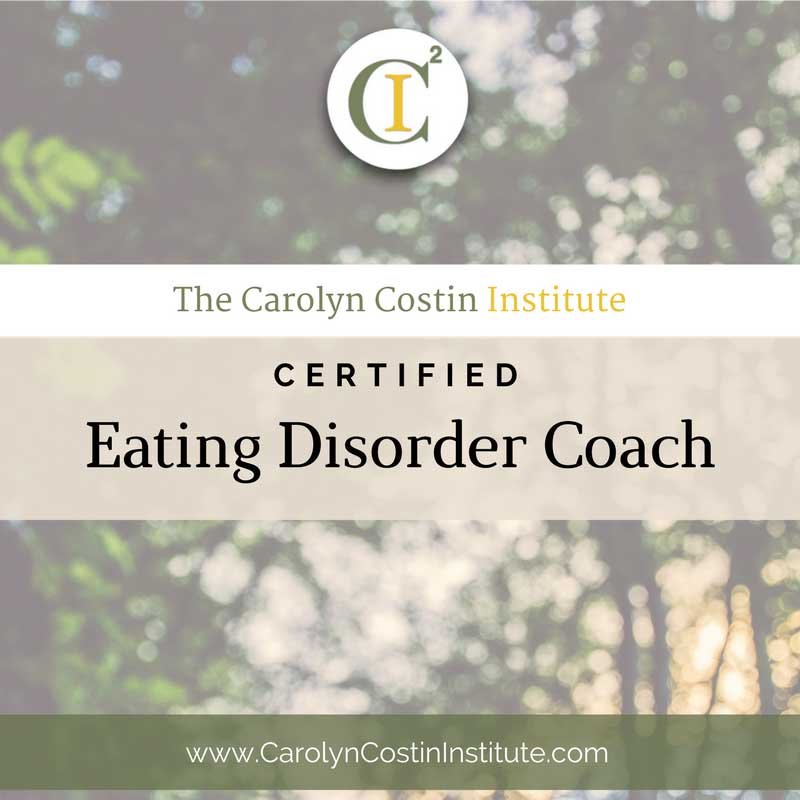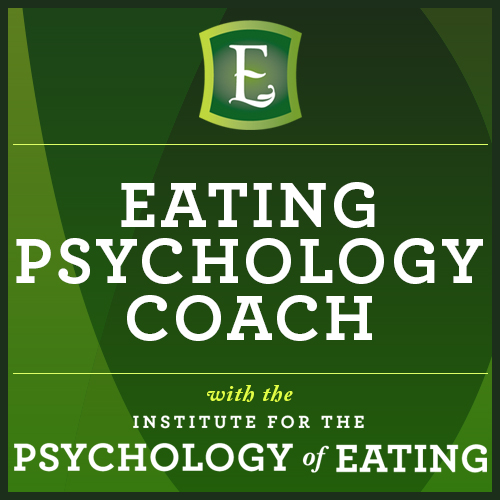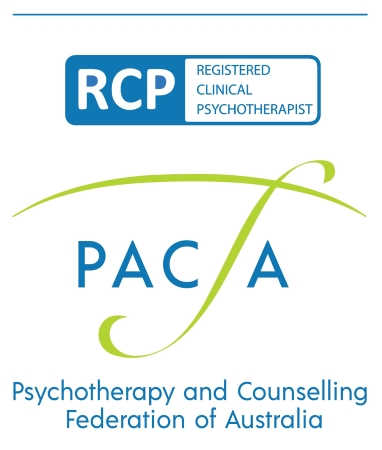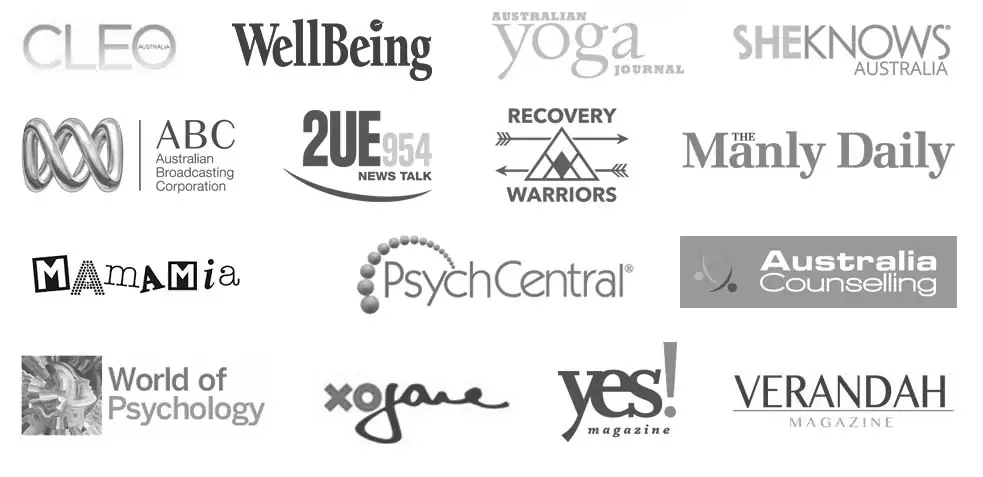
In this post on Healing Childhood Emotional Neglect and Emotional Eating, and Understanding the Connection we will explore the intricate relationship between childhood emotional neglect (CEN) and emotional eating. Many individuals seek therapy under the belief that food and weight concerns can be resolved solely through changing how they eat or by restricting in some way. However, it is more like the tip of the iceberg, emotional eating is a symptom of deeper emotional wounds.
To heal from emotional eating, we must delve beneath the surface, and work with the underlying childhood emotional neglect, otherwise known as, CEN.
Understanding Childhood Emotional Neglect (CEN)
Childhood emotional neglect is a subtle form of childhood trauma. It occurs when caregivers fail to respond adequately to a child’s emotional needs consistently. Unlike physical neglect or abuse, emotional neglect often goes unnoticed because it’s about what didn’t happen rather than what did. In the Circle of Security model, parents are called to “be with” their child’s feelings, providing a secure base from which the child can explore the world and express their emotions. This secure attachment fosters the child’s ability to regulate their emotions and develop a sense of self-confidence and trust. However, in cases of childhood emotional neglect, this essential aspect of caregiving may have been lacking. Without consistent emotional attunement from caregivers, children may struggle to recognise and process their own feelings, leading to difficulties in emotional regulation.
What Does Childhood Emotional Neglect Look Like?
A child achieves a milestone or accomplishment, such as learning to ride a bike or receiving an award at school. Despite their excitement and desire to share their achievement with their parents, they find their caregivers preoccupied or disinterested. Instead of receiving praise or validation, they are met with indifference or minimal acknowledgment. While the child may still feel joy in their accomplishment, the lack of emotional engagement from their caregivers leaves them feeling unseen and unsupported in their moment of triumph.
A child experiences a loss, such as the death of a pet or the end of a friendship. Overwhelmed by grief and sadness, they seek comfort and solace from their caregivers. However, instead of receiving empathy and reassurance, they are met with dismissive responses or told to “just get over it.” Without the emotional support they crave, the child learns to suppress their feelings and cope with their pain alone. This lack of validation and connection deepens their sense of loneliness and isolation, exacerbating their emotional distress.
A child expresses their creativity and imagination through artwork or storytelling. Excited to share their creations with their family, they eagerly seek validation and encouragement. However, their caregivers fail to take notice or show interest in their creative endeavours. Without the affirmation they seek, the child’s enthusiasm diminishes, and they may begin to doubt the value of their artistic expression. Despite the joy they initially felt in their creativity, the lack of recognition leaves them feeling unseen and unappreciated.
A child confides in their parent about a distressing experience they had at school, such as being bullied by classmates. Seeking comfort and reassurance, the child recounts the details of the incident, hoping for validation and support from their caregiver. However, instead of offering empathy and understanding, the parent responds by questioning the child’s perception of events, minimising their feelings, and blaming them for the bullying. The parent may say things like, “You’re being too sensitive” or “You probably did something to provoke them.” This form of gaslighting leaves the child feeling confused, invalidated, and deeply hurt. They internalise the message that their emotions are invalid and that they cannot trust their own perceptions of reality. Without the support and validation they desperately need, the child may struggle to cope with the emotional fallout of the bullying and may develop feelings of shame, self-doubt, and isolation. This painful experience of gaslighting undermines the child’s sense of self-worth and further erodes their trust in their caregivers to provide emotional safety and support.
Underlying these examples, the caregivers’ feelings and needs take priority, often due to their own childhood emotional neglect and emotional eating history.
The Link Between CEN and Emotional Eating
When our emotional needs aren’t met in childhood, we develop coping mechanisms to manage the resulting emotional distress. For many, food becomes a readily available source of comfort and solace. It’s accessible, it temporarily soothes unpleasant feelings, and it provides a sense of control in dysfunctional and chaotic emotional landscapes. Emotional eating can serve as a substitute for the nurturing and validation that was missing during childhood. However, in the absence of “being with” our feelings, we turn to external sources like food to fill the void. This perpetuates the cycle of emotional neglect by further disconnecting us from our authentic emotions and needs.
Breaking the Cycle
Healing from childhood emotional neglect and emotional eating involves a journey of self-discovery, self-compassion, and reclaiming our emotional well-being. Recovering from childhood emotional neglect means building your capacity to recognise feelings, “be with” the feelings, and learn how to regulate them without using food. This journey involves reconnecting with the emotions that may have been suppressed or ignored in childhood. It means acknowledging the impact of emotional neglect on your emotional landscape and learning to validate and honour your own feelings without judgment. Through therapy and self-reflection, you can begin to develop the skills and strategies necessary to navigate your emotions in a healthy and constructive way.
Embracing Self-Compassion
It’s important to approach your recovery journey with gentleness and self-compassion. Healing from childhood emotional neglect and emotional eating isn’t about perfection or quick fixes. It’s about showing up for ourselves with kindness, understanding, and patience as we navigate the complexities of our inner worlds. It’s about honouring our experiences, embracing our vulnerabilities, and learning to nurture ourselves in ways that honour our true needs and desires.
Healing is Possible
Healing is possible, and even though it may not feel like it, you have the strength within you to break free from the grip of childhood emotional neglect and emotional eating. By shining a light on the interconnectedness of these experiences and nurturing your inner child with compassion and understanding, you can cultivate a healthier relationship with food and with yourself.
Journal Prompts to Help You Be With, Regulate and Express Your Feelings
Journaling can be a powerful tool for self-discovery and emotional healing. By engaging in regular journaling practices, you can deepen your ability to be with, regulate, and express your feelings. This process is especially beneficial in the journey of recovering from emotional eating. Through journaling, you can explore the underlying emotions and triggers behind your relationship with food, paving the way for greater insight and healing. The following prompts are designed to guide you in this exploration, helping you to connect with your inner world and take steps towards emotional eating recovery.
Try engaging with one of these techniques for a week (or more) before moving on to the next. This allows you to fully explore and integrate each practice into your daily routine, fostering deeper self-awareness and transformation.
NB: Journaling is a powerful process so please check in with your willingness and pause if it doesn’t feel right for you. You might also want to seek the support of a therapist who specialises in emotional eating and childhood emotional neglect.
- Reflect on Your Day: Take a moment to reflect on your day. What emotions did you experience today? How did those emotions manifest in your thoughts, behaviours, and interactions with others?
- Emotional Check-In: Close your eyes and take a few deep breaths. Tune into your body and identify any sensations or emotions you’re experiencing right now. Write down what you’re feeling and where you feel it in your body.
- Exploring Triggers: Think about a recent situation that triggered a strong emotional response in you. What were the circumstances surrounding the trigger? How did you feel in that moment? What underlying emotions might have been at play?
- Expressive Writing: Set a timer for 10-15 minutes and let your pen flow freely on the page. Write about whatever comes to mind without censoring or editing. Allow your emotions to guide your writing and see where it takes you.
- Gratitude and Emotions: Reflect on something or someone you’re grateful for in your life. How does focusing on gratitude make you feel? Notice any emotions that arise as you think about the blessings in your life.
- Emotional Landscape: Draw a simple sketch or map representing your emotional landscape. Label different areas with emotions you commonly experience. Explore the connections between these emotions and the situations or triggers that elicit them.
- Self-Compassion Practice: Write a letter to yourself from the perspective of a compassionate friend. Offer yourself words of kindness, understanding, and support, especially if you’re struggling with difficult emotions.
- Emotions and Needs: Reflect on a recent situation where you felt a strong emotion. What underlying needs or desires might have been driving that emotion? How can you address those needs in a healthy and constructive way?
- Future Emotions: Imagine a future scenario or goal you’re working towards. How do you envision feeling once you achieve it? Visualise the emotions associated with that future outcome and explore what steps you can take to cultivate those feelings in the present.
- Inner Parts Exploration: Take a moment to reflect on a recent emotional experience. Identify the different “parts” of yourself that were present during that experience. For example, there may be a part of you that feels scared, another part that feels angry, and yet another part that feels sad. Write about each part individually, describing its characteristics, motivations, and how it contributes to your overall emotional landscape. Explore how getting to know these different subpersonalities can deepen your understanding of yourself and your emotional reactions. Inside Out, the movie would make a great prompt for working with your parts!
- Emotional Release: Find a safe and private space where you can express your emotions freely. Allow yourself to cry, scream, laugh, or dance as a means of releasing pent-up emotions. Afterwards, write about your experience and how it made you feel.
- Mindful Eating: Practice mindful eating by paying attention to the sensations, thoughts, and emotions that arise while you eat. Journal about any patterns of emotional eating or triggers that emerge and explore how you can cultivate a more mindful relationship with food.
- Nature Connection: Spend some time outdoors in a natural setting that resonates with you. As you immerse yourself in nature, observe your surroundings with all your senses and reflect on how being in nature affects your emotions.
- Being with Emotions: Practice “being with” your emotions without judgment or resistance. Choose one emotion that you’re experiencing or have experienced recently. Sit quietly, focus your attention on the sensation of that emotion in your body, and write about your experience of simply being with the emotion.



